
Gallery Photographers
Partner
Artists-in-Residence
If you are unable to visit our gallery and would like to purchase photographs from this preview or others in the gallery, please contact the gallery and call 585-271-2540.
Peter Marr's and Partners' Picks of the Show
Here, There, and Cuba Peter Marr
and Gallery Partners have chosen their "Picks of the Show"
and
present a commentary on their choices.
click here to return to the details of the exhibit
All images copyright by the individual photographers
Havana Abstract, Havana, Cuba Well known for his creative and profound
understanding of ethno-cultures in distant lands, it is a distinct
privilege to view Jim’s outstanding photographs, resulting from a recent
visit to Cuba. The prints, which reflect his passion for people, have a
sense of wonder, vitality and vibrancy that is unsurpassed. In
Havana Abstract, this stellar image could almost be titled, A Study
in Red, Blue and Yellow, and perhaps Jim was being prophetic, for with
the warming of relations between the United States and Cuba, we may one
day see a similar photograph, titled as A Study in Red, White and
Blue. The exceptional quality of the ambient illumination results
in lovely visual continuity that accentuates the wonderful diversity of
rich colors, values and textures. I particularly like how the large
swathe of the yellow plastered wall, provides a delightful counterpoint
to the bright yellow helmets the men are wearing. This entrancing image
has an evocatively warm ambiance. This moment is timeless, and although
we cannot see their faces, both men are enjoying every minute of their
work experience. One senses that they are overjoyed to have a job, and
although it probably does not pay highly, they have a passion and pride
to plaster this almost monochromatic wall with a thick yellow covering,
although they would prefer a color that is more intense, just like that
of their helmets. Their colorful attire greatly complements the image,
and there is the added element of a small, deep green bag, probably
carrying their lunch, which hangs on the metal platform support, and
gives further vibrancy to the entire scene. One is very cognizant of the
fact that both men are somehow different in their approach to the job.
The one on the left is probably the hard worker, with his safety harness
firmly attached to the platform; his approach is to slap as much paste
on the wall as possible, without worrying about getting the material on
his sweater. On the other hand, his companion seems to be in a more
supervisory role, more attuned to giving instructions than getting his
hands dirty. Certainly, these observations are complete speculation, but
what is certain is that this impressive image is remarkable and magical
in every way, a great tribute to the visionary and artistic skills of
the author.
Peter A. Marr
Misplacement This is a fascinating and intriguing visual study
in which David’s meaningful art springs from an unrestricted awareness
of the world around him. In admiring and analyzing this print, I am
reminded of a quotation from Richard Fahey, namely “Perception is
personal, we see what we see.” Rather than trying to interpret what the
artist had in mind when he constructed this piece, the observer must
ascertain for him or herself what they see in this impressive print. The
reason for this is that memory is an important part of vision, and as
each of us have different memories, what each viewer sees will be
different from everybody else. For myself, I can visualize the grand
fašade of a late Victorian-styled structure, dominated by tall, latticed
windows and Palladian-styled columns that have subtle embellishments.
What one sees of the stately front of the building is bereft of color,
but the right hand side of the print is the angled corner of this
edifice, which has a dull brown hue. The total image is viewed through a
window lattice, that is deliberately out of focus, and in which, David
has inserted in a single window pane, part of a rural farm scene. What
is very apparent is that the print is dominated by powerful vertical and
horizontal lines, and this is amplified by the fact that one is viewing
the scene through a window with such design elements. These straight
lines although stable and formal, tend to make people edgy and uneasy,
especially when they encounter sharp corners. Jeff Berner wrote that
“Looking is a gift, but seeing is a power,” and with this in mind, here
is what I see in David’s print. This is definitely not a rich versus
poor type of scenario. Rather, it is a rebellion against the incessant
verticality of modern cities, where largely because of space
restrictions, modern high rises and skyscrapers seem to dominate living
and working habitats. David’s small rural setting, possibly a farm,
represents a cry for help from concerned citizens, who want to get away
from the stifling and suffocating fast pace of life in the cities, and
learn to breathe all over again in a quieter and more eco-friendly
environment. I really appreciate the author giving us all a chance to
see a striking print for everyone to both admire and comment on. Peter A. Marr Havana
Kitchen All of Jim’s prints are truly exceptional, making
the choice of selecting a second image to review extremely difficult,
for I would love to write about all of them. I finally chose
Havana Kitchen, for it is the
one image that speaks to a way of life that is more typical of the vast
majority of the Cuban populace, namely a poverty-induced existence that
has changed little over countless years. The artist has brilliantly
captured a haunting and poignant image that offers so much more than a
pictorial representation of hardship and culture. Although one
understands that in this environment there is constant struggle to make
both ends meet, there is a quietness and entrancing quality to the print
that heroically rises over the inevitability that times are tough and
relentless. In this print, one is filled with quiet emotion, as we
witness a woman sitting at the back of the kitchen, the latter being an
area that she and her family members probably spend most of their time
in. This room contains a wonderfully eclectic mixture of well-worn
elements that have been passed down or acquired over many years. The
viewable storage space is very limited, consisting of an old sideboard
that has as series of cubbyholes that seem to hold day to day
necessities rather than decorative items. The
back wall has a striking colorful covering, perhaps painted by a
relative, which adds a distinguishing point of interest in comparison to
the other wall, which is mostly bare except for a few hanging artifacts.
The central well-used kitchen table sits on and between two differently
patterned linoleum-tiled floorings. On this table sits a partially eaten
chicken, and a circular painted tin tray that serves as a repository for
left over scraps and bones. In the far corner sits an old refrigerator,
sparsely decorated with a few stickers, the electric power cord
disappearing into the ceiling tile above. At this point, a ray of hope
for this impoverished family is clearly evident, namely one is aware of
a new or virtually new refrigerator, sitting alongside its venerable
compatriot. Joyously, the woman sitting at the back of the kitchen is on
the telephone, with her eyes never wavering from the dazzling white
appliance. It is easy to image the excitement and amazement that this
lady is experiencing, and I am sure that she is telephoning all of her
friends with the news. Jim has wonderously captured a happy decisive
moment, and with this inspiring image, everyone hopes that this is a
real light at the end of the tunnel for her and all of her family.
Sea Salt David has used his engineering and scientific
talents, as well as his love of the creative arts to produce outstanding
photographs and collages. He is renowned for montage and construction
pieces that are often whimsical, but always thought provoking. When I
viewed his work in this exhibition, it brought to mind a quotation from
Erich Fromm, who stated “Creativity requires the courage to let go of
certainties.” In Sea Salt, I
was immediately struck by the high visual impact and
dynamism that this print exuded. Here, I was magically sailing in
a small 2-funneled ship, heading across a rather calm sea, towards a
series of dramatic and somewhat foreboding storm clouds, which glared
menacingly over a narrow skyline that resulted from the rapidly
disappearing sun’s rays reflected on the water. One was always aware
that the engineering talents of the author cleverly constructed this
vessel, but that certainly did not take away the fairy tale realism that
I felt, the more that I perused this imposing print. What is amazing is
the imagination that the author exploited to construct an almost
believable small ship, and even going one step further, by using salt
shakers for the 2-funnels, so that he could give the piece the clever
and meaningful title of Sea Salt.
The end result is a seaworthy vessel, small in size but resolute in
purpose. I love the added touch of using a simple deck structure with
its very own portholes, and including the funnels at a believable angle
for a mighty ship of the sea.
This image is a great tribute to David’s imagination and his
engineering and photographic skills. Tree on Hamlin Shore It might have been
tempting to present the tree as a silhouette, but Adrian has skillfully
used the full range of gray tones to create lightness in the branches
that lets them float upward. Each branch keeps its shape and we can
follow each one as it reaches to the sky. It is a fine image,
well captured, and skillfully printed!
Red Bicycle
Series #8
This series of photographs is a wonderful
portfolio of images taken by Nicholas during his bicycle rides. The
focus is clearly on environmental portraits of bicycles, often in a
whimsical and/or humorous way. Red Bicycle Series
#8 displays this whimsy with a juxtaposition of a
red bicycle and a classic, iconic image from the famous painting
American Gothic by Grant Wood. References and
parodies of this image have appeared frequently over subsequent
generations; changing the faces of the models, the house in the
background, etc. Nicholas has found a new and novel way of furthering
the use of this iconic image by including a bicycle in his photograph. Photographically this is a very strong image; he
frames the top and bottom in deep blue, the eye initially fixing on the
two figures and then being surprised by seeing bicycle leaning against
the painted wall. The viewer
continuously moves back and forth, looking at the eyes man than the eyes
woman and then back to the bicycle and enjoying photograph the more they
look at.
Nikki: Shadow and Lace There is strong
movement for the eye moving up and down her back, trying to peer through
the shadows see as much of the model as possible. The large amount of
black area with no detail frames the beautiful curves and shadows that
Jim has employed in this photograph. The textural interaction between
flesh and lace add even more to this photograph. Colors are muted,
pastel‑like, which add to the overall beauty of the composition. The human body has always challenged both painters
and photographers, both the idealized and the realistic visions of
models. Jim employs a realistic
view of his models in his work, the photographs look like those of real
women and not the airbrushed fantasy too often seen in magazines,
including those focusing on high-fashion as well as “men’s magazines”.
Peter
Marr's Picks
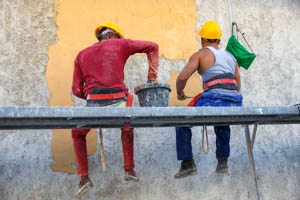
by
Jim Patton

by David Perlman
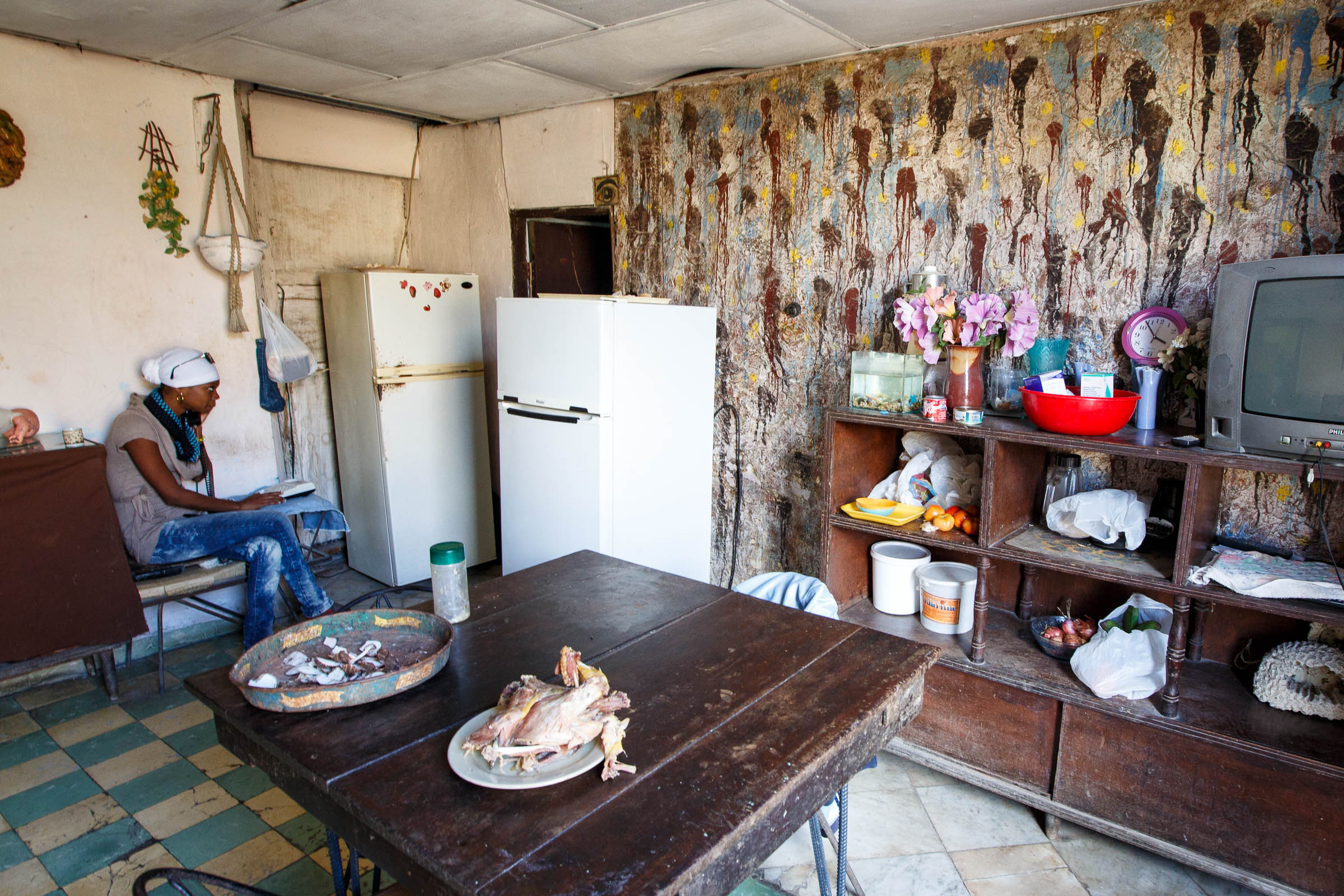
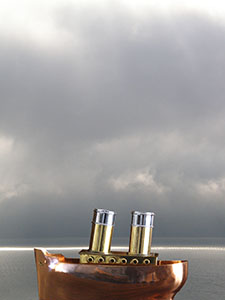
by David Perlman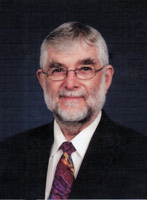
Peter Marr
We are very grateful to Peter for his thorough review and selection for Peter's Picks. Peter was born in England in 1935 and came to live in the United States in 1968. He worked for the Eastman Kodak Company for 34 years, retiring in 1998. During his employment and continuing into retirement, he has been an enthusiastic photographer. His photography has won him numerous awards throughout Kodak and in International Salons, including 5 George Eastman Medals, which is the top honor awarded to the most outstanding picture in the Annual Kodak International Salon. He has served as a judge in both local and international photographic competitions for the past 20 years, and is a Past president of the Kodak Camera Club and past chairman of many of the Kodak Camera Club organizations. In the past five years or so, he has devoted his photographic skills and interest into nature photography, notably bird photography. His bird photography has been the subject of several one-person exhibits, the most recent being at Ding Darling NWR, in Sanibel, Florida, The Roger Tory Peterson Institute in Jamestown, New York, and at the Webster Public Library in Webster, NY.
Gallery Partners' Picks
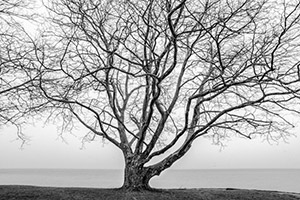
by Adrian
DeJesus

by Nicholas Jospe
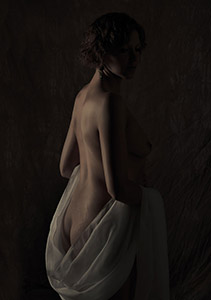
by Jim
Rappleye
This month Jim is
presented a wonderful selection of photographs of the human form, a
subject which he has clearly mastered. Nikki is an excellent example of
Jim’s skill in the masterful way that he captures the model and the
interaction of light and shadow with her form. His posing of the model
introduces a strong feeling of mystery, as her face is not clearly shown
but merely the curves of her back interacting with a draped lace cloth.
Image City Photography Gallery ♦ 722 University Avenue ♦ Rochester, NY 14607 ♦ 585.271.2540
In the heart of ARTWalk in the Neighborhood of the Arts